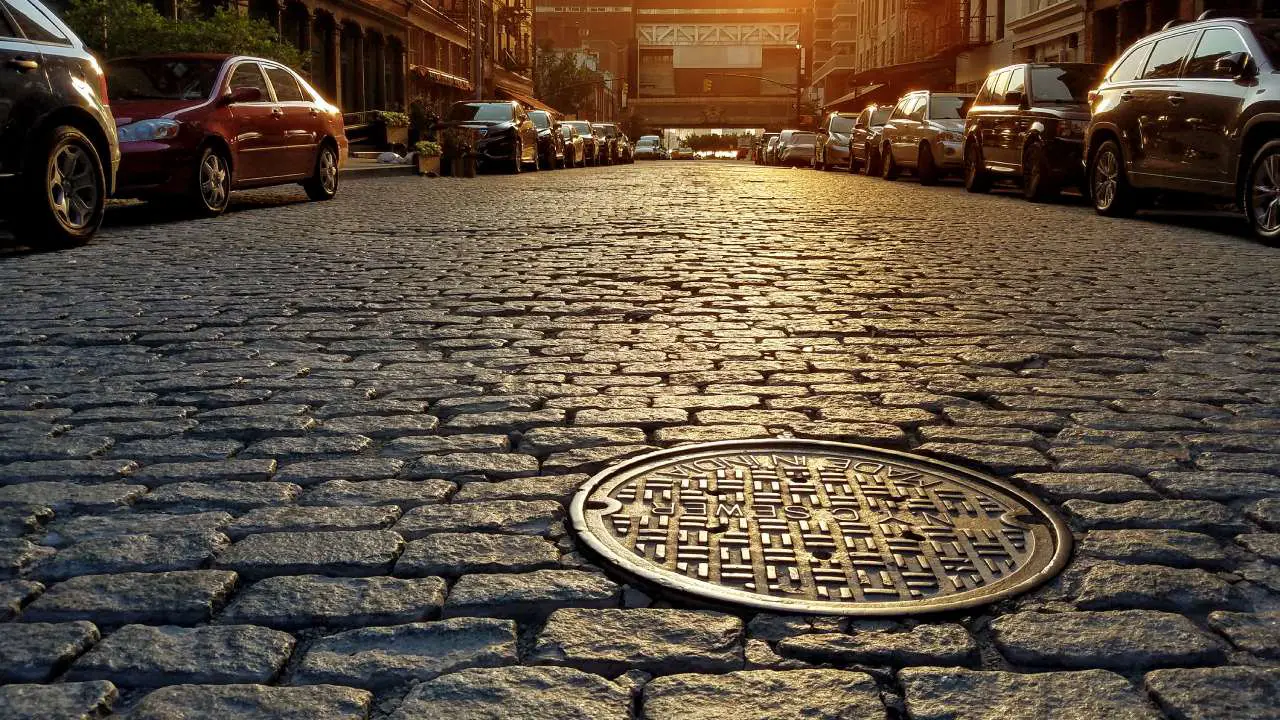Manhole covers are essential components of urban infrastructure, often overlooked but critical for maintaining city safety and sanitation. By providing access to underground utilities and protecting pedestrians from falling into open manholes, they play a vital role in our day-to-day lives. This article will explore different types of manhole covers, their unique features, and how […]
Category: Information
Disaster Ready: How Emergency Response Teams Should Prepare
In times of crisis, the only thing more valuable than immediate action is preparedness. While most people can afford to take a reactive approach, emergency response teams must be ready to leap into action at a moment’s notice, armed with the skills, plans, and tools to handle whatever comes their way. For those who need […]
4 Common Causes of Wildfires and How To Prevent Them
Love the great outdoors? Then do your best to protect it from wildfires. Wildfires have steadily increased over the last few decades, and the subsequent costs of cleanup and restoration have only increased. Understanding how wildfires start and knowing how to prevent them can help you enjoy nature responsibly and safely while protecting the outdoors […]
Product Defects To Look out for in Agricultural Equipment
Agricultural equipment houses many features for quality performance, but sometimes they could become defective. If left unchecked, these defects could lead to expensive repairs or replacements. Get a bountiful harvest without replacing your damaged tools! Perform routine maintenance and know what product defects to look for in your agricultural equipment. Tractors Tractors are prone to […]
How To Grow Healthy and More Resilient Crops
The agricultural landscape is rapidly evolving to overcome challenges, and the need for resilience in crop production has never been more critical. Farmers face increasing pressures from climate variability, shifts in pest populations, and the demands of a growing global population. To address these issues, it is essential to implement strategies that not only boost […]





